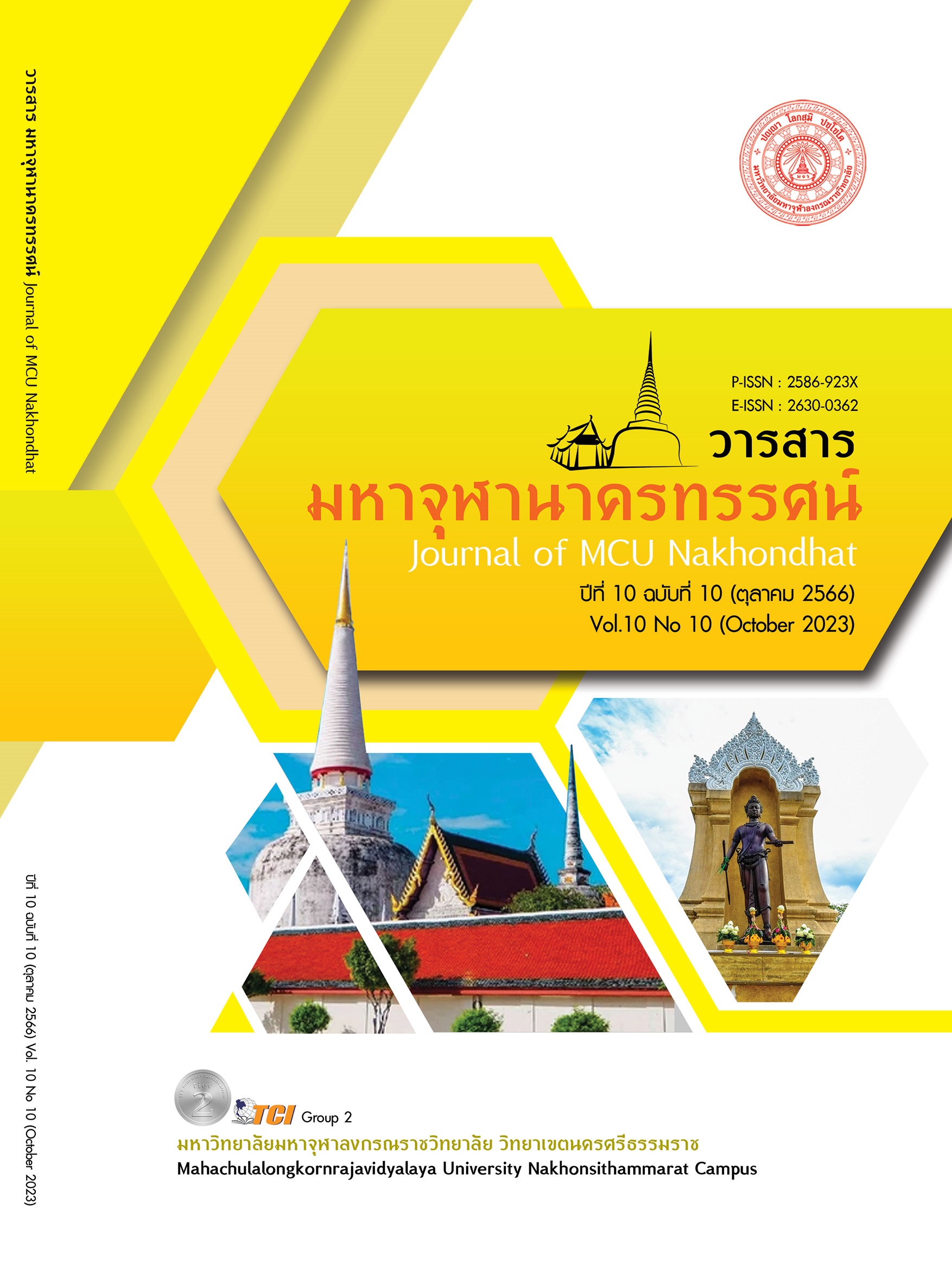A STATISTICAL STUDY OF TIMING TO DEVELOP THE RULE OF LAW IN THE CRIMINAL JUSTICE SYSTEM
Main Article Content
Abstract
This research article studies about the development of knowledge about the rule of law in criminal justice about timelines. Its primary purpose is to collect statistical data on the time spent in the criminal justice process. Develop a database of statistics and indicators on the size of time spent in the criminal justice process. It is a combination of quantitative and qualitative research. The sample group collects data on the duration of each legal step from the beginning of the case until the end of the criminal case, drug case, or particular issue in the Criminal Court (Ratchada) in 2016 or 2017, all instances representing 100 percent, with Statistical data collection method: Recorded in a "criminal case data collection model" designed by the research team. The data in this section will be analyzed using the criminal case data collection model results to perform statistical analysis with a software program for social science research. Small group meetings and interviews with experts Use the research results to promote the country's legal and judicial reform issues. Sustainable development goals and related justice administration policies The researchers studied the criminal justice system and its legal duration from inception to final. (Final case) in placing a person under the jurisdiction of the state during investigation, prosecution, and trial. According to the steps of the criminal procedure law, There are still problems in implementing the rule of law. This is an exercise of state power that has a significant impact on the people who are subject to the law. The time spent prosecuting each stage of some cases is inappropriate according to the rule of law. The impact and damage to the accused and the defendant during the case continued.
Article Details

This work is licensed under a Creative Commons Attribution-NonCommercial-NoDerivatives 4.0 International License.
References
กรมราชทัณฑ์. (2561). สถิติผู้ต้องขังที่กระทำผิดต่อพระราชบัญญัติยาเสพติด. กรุงเทพมหานคร: ศูนย์เทคโนโลยีสารสนเทศกรมราชทัณฑ์.
โกเมศ ขวัญเมือง, และคณะ. (2566). ว่าด้วยหลักนิติธรรม. วารสารวิจยวิชาการ, 6(2), 255 - 268.
คณิต ณ นคร. (2547). กฎหมายอาญาภาคความผิด. (พิมพ์ครั้งที่ 6). กรุงเทพมหานคร: วิญญูชน.
คณิต ณ นคร. (2560). ประมวลกฎหมายวิธีพิจารณาความอาญา หลักกำหมายและพื้นฐานการเข้าใจ. (พิมพ์ครั้งที่ 3). กรุงเทพมหานคร: วิญญูชน.
ฉัตรสุมน พฤฒิภิญโญ. (2560). กฎหมายควบคุมยาเสพติดเปรียบเทียบ. วารสารกฎหมายสุขภาพและสาธารณสุข, 3(2), 148 - 166.
ธานี วรภัทร์. (2555). หลักกฎหมายวิธีพิจารณาความอาญา. กรุงเทพมหานคร: วิญญูชน.
ปกป้อง ศรีสนิท. (2564). สิทธิที่จะพบศาลภายหลังถูกจับและถูกควบคุมตัว. เรียกใช้เมื่อ 2 มีนาคม 2564 จาก https://www.the101.world/the-right-to-liberty-and-securityof-person/
พรรณชฎา ศิริวรรณบุศย์. (2559). แนวการปฏิรูประบบงานสอบสวนของตำรวจไทย. วารสารสังคมศาสตร์ จุฬาลงกรณ์มหาวิทยาลัย, 46(2), 131 - 146.
พระพรหมคุณาภรณ์ (ป.อ.ปยุตฺโต). (2552). นิติศาสตร์แนวพุทธ. กรุงเทพมหานคร: มหาวิทยาลัยธุรกิจบัณฑิตย์.
พัทธ์อิทธิ์ จินต์วุฒิ. (2568). จากนักโทษสู่นักธรรม. กรุงเทพมหานคร: พีอาร์.
วรพจน์ วิศรุตพิชญ์. (2538). สิทธิและเสรีภาพตามรัฐธรรมนูญ. กรุงเทพมหานคร: วิญญูชน.
สำนักกรรมาธิการ 3 สำนักเลขาธิการสภาผู้แทนราษฎร. (2550). เจตนารมณ์รัฐธรรมนูญแห่งราชอาณาจักรไทย พุทธศักราช 2550. กรุงเทพมหานคร: มหาวิทยาลัยเทคโนโลยีพระจอมเกล้าพระนครเหนือ.
อิงครัต ดลเจิม. (2564). การสอบสวนฟ้องร้องคดีอาญาที่เป็นเอกภาพ. วารสารกฎหมายและสังคมรังสิต, 3(3), 29 - 43.
Garner, B. A. (1999). Black’s Law Dictionary (7th Edition). St. Paul, MN.: West Group.


